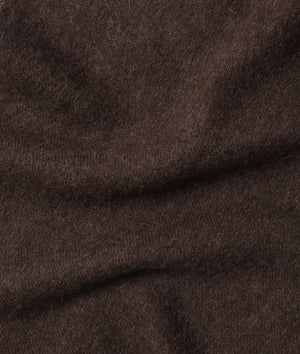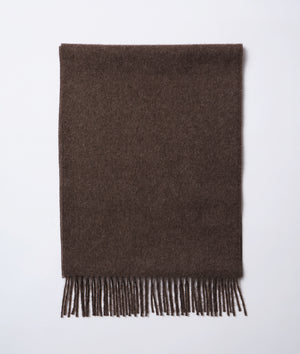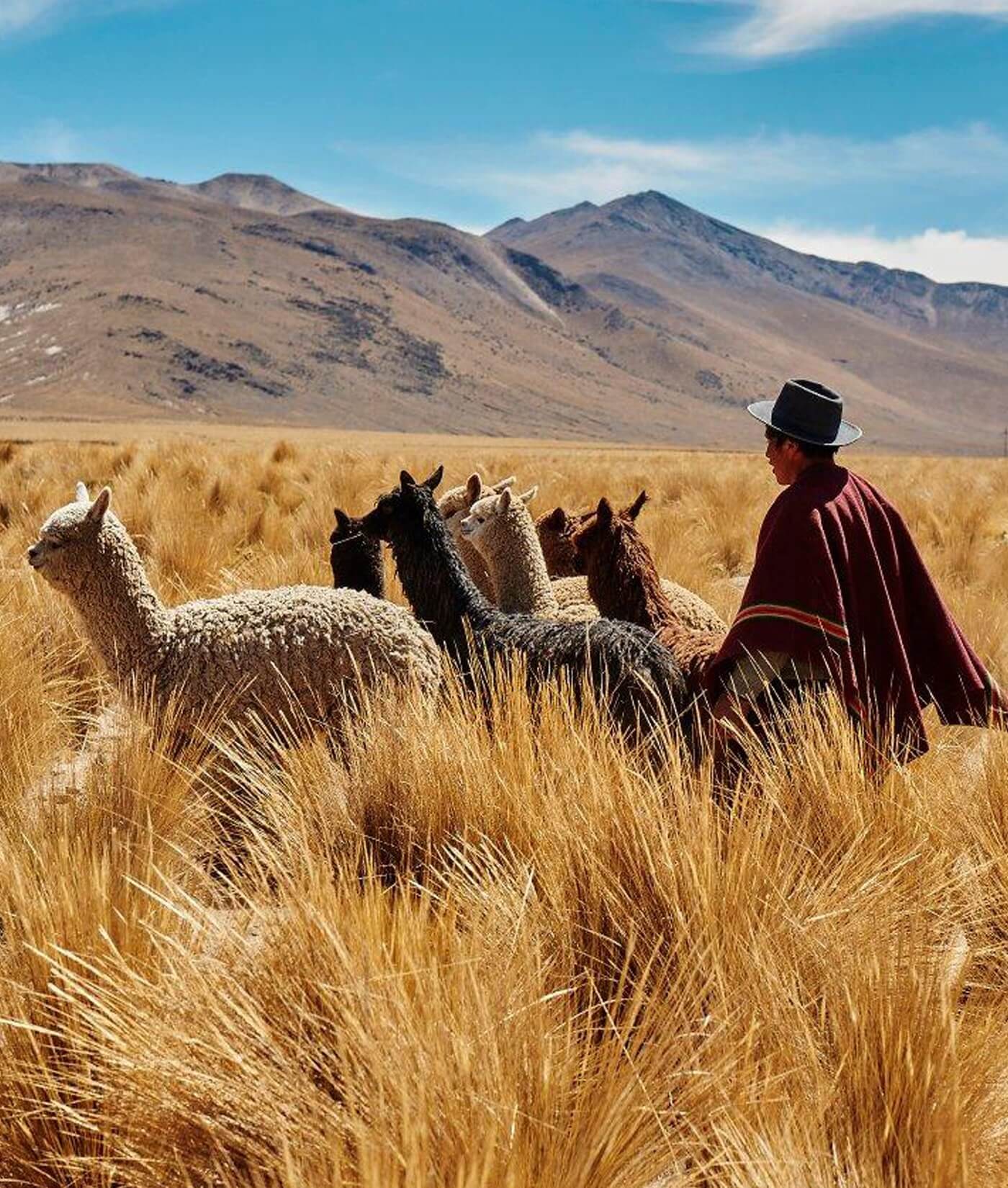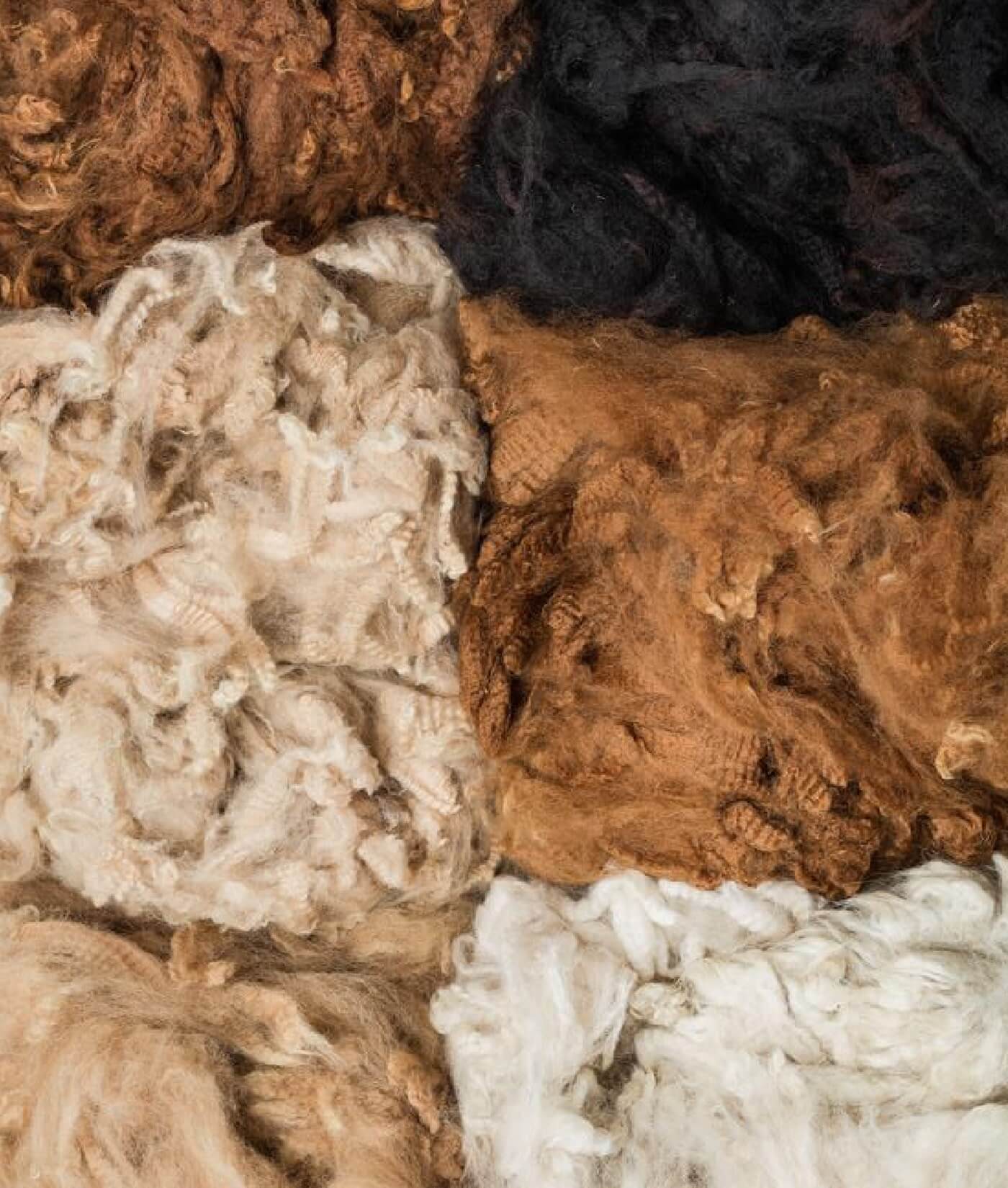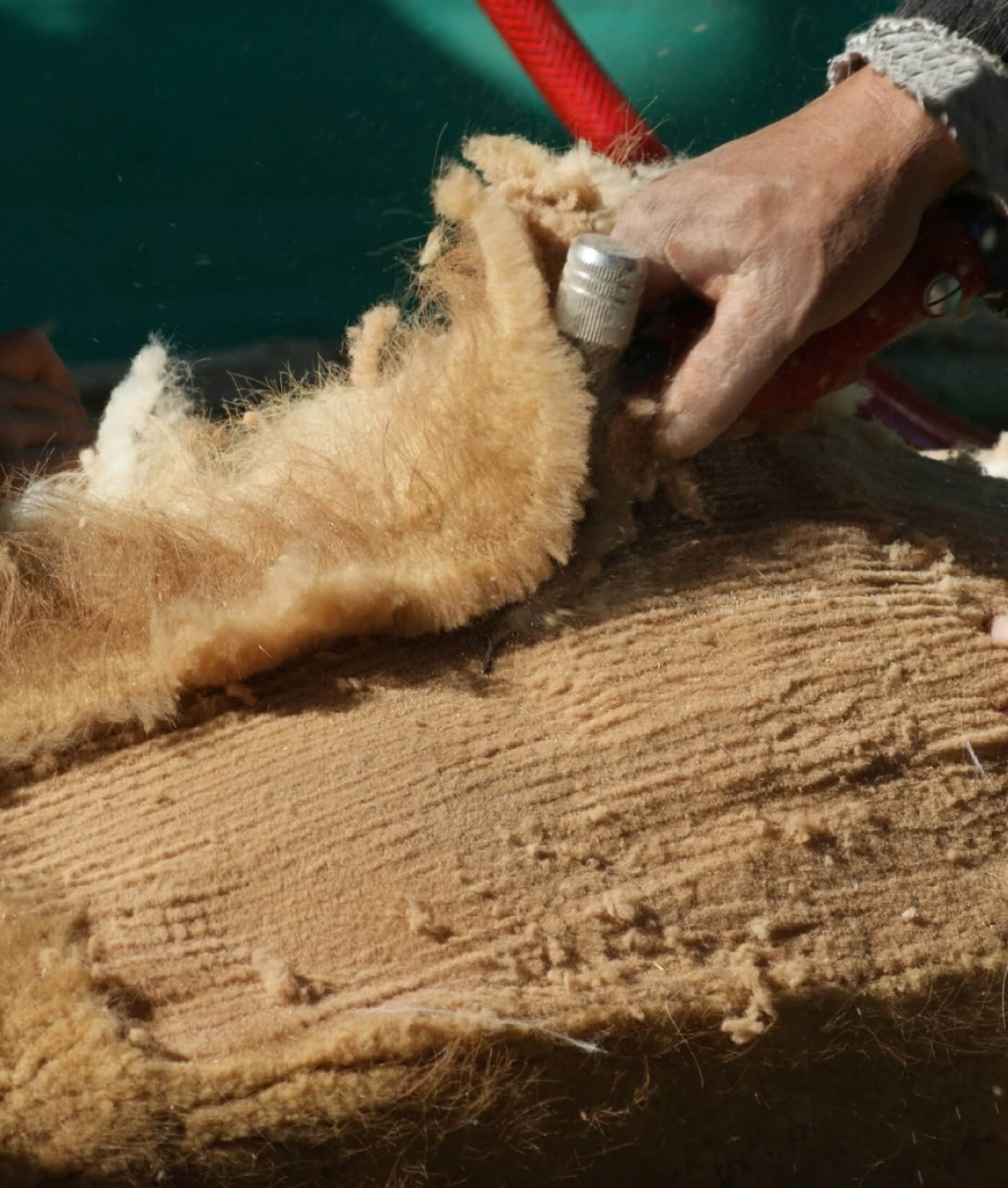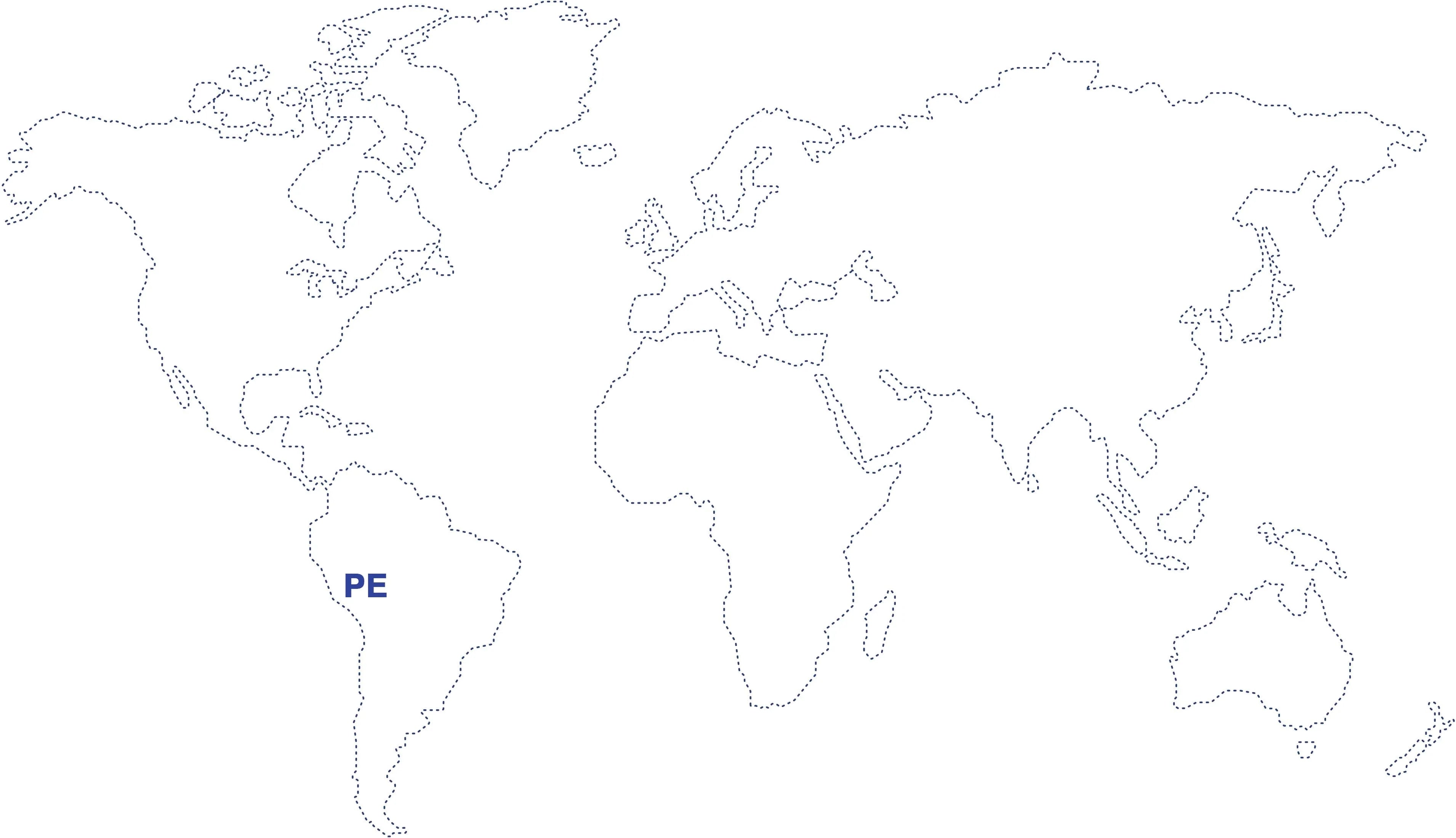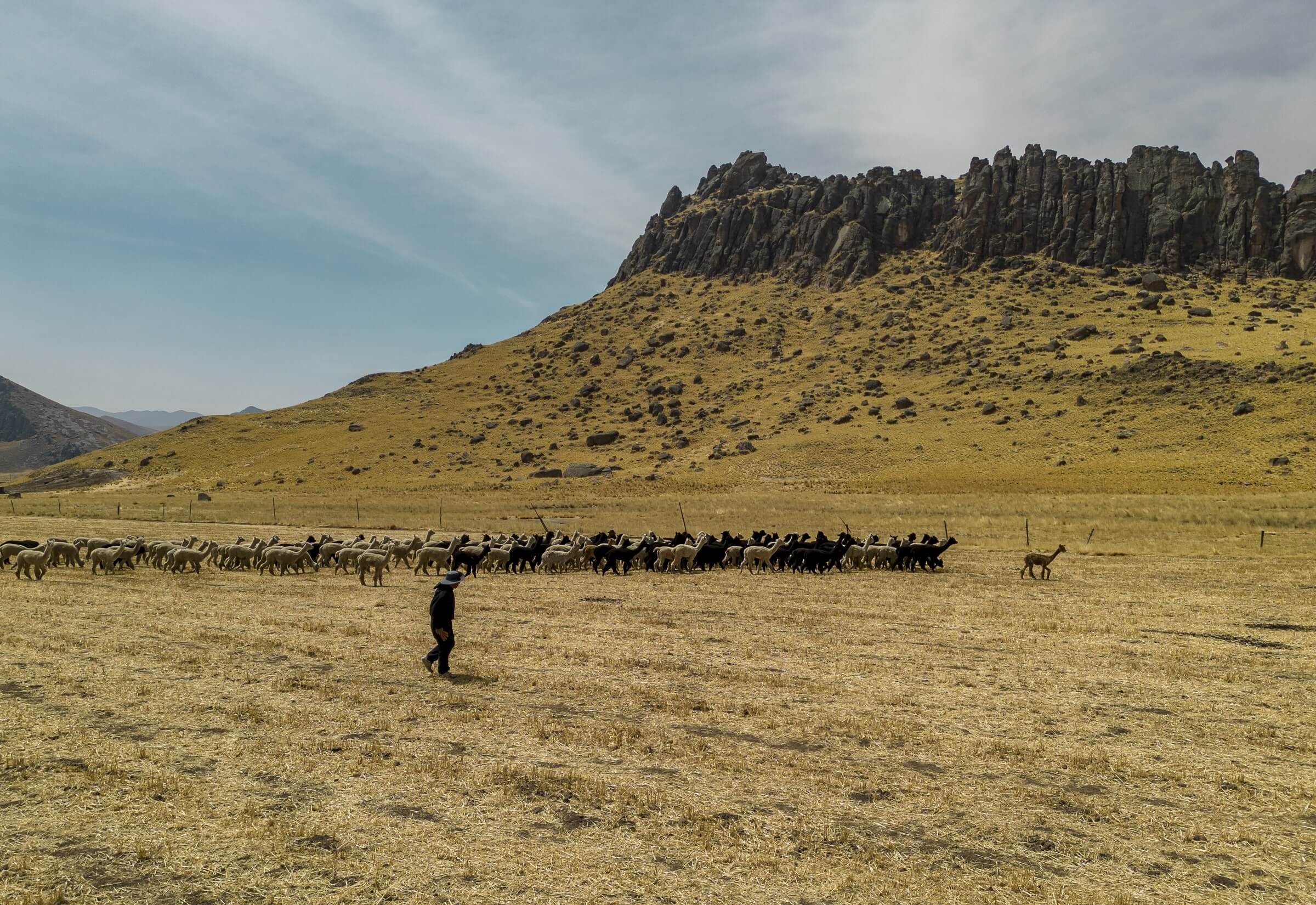The People Preserving Alpaca Heritage
Steeped in cultural heritage and tradition, skilled Peruvian craftspeople & ranchers have been generationally dedicated to the continued viability of alpaca fiber production in the modern age. The garments they create reflect high quality and attention to detail, all while embracing innovative concepts and sustainable processes. Each unique creation finds its way into the world with the passion and commitment to perpetuate the standards of excellence in alpaca garment production passed on for generations.



